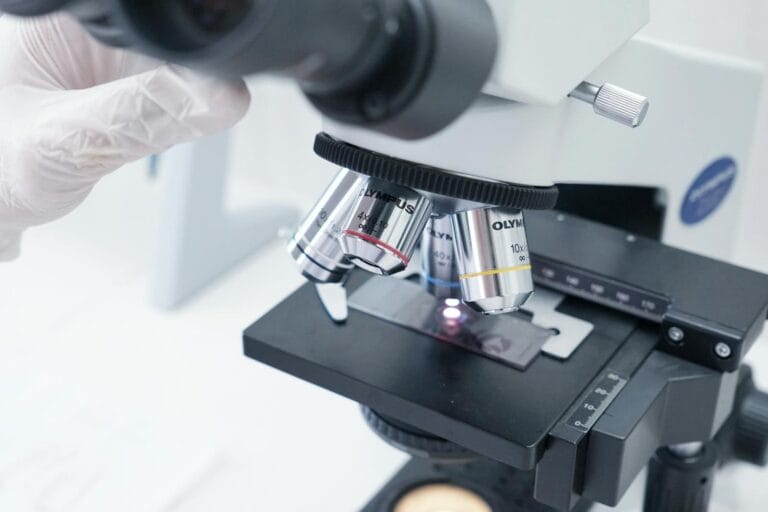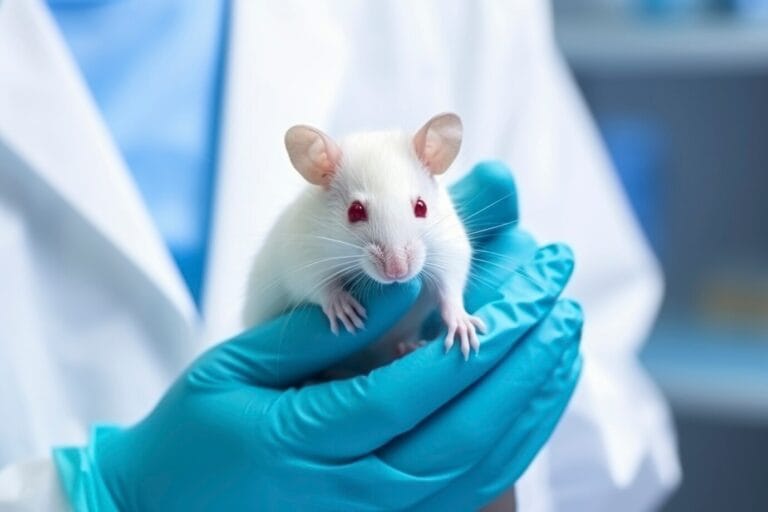
What is a Rodenticide? How Dangerous Are Rodenticides to Non-Target Organisms?

Rodenticides are pesticides specifically designed to kill rodents, such as rats, which are considered pests.
Rodenticides are highly toxic, even to non-target organisms. Based on literature published between 1998 and 2015, many non-target animals were found to have accumulated rodenticide residues in their livers. Non-target organisms are living beings that are affected by the use of substances or chemicals even though they are not the primary target. Some of these non-target animals include birds, Cetartiodactyla (such as deer and cattle), hedgehogs, rabbits, bats, Marsupialia (pouched mammals such as kangaroos and opossums), and reptiles.
Rodenticides are also dangerous to humans. Most human exposure to rodenticides occurs accidentally, especially in young children. Clinical symptoms of rodenticide poisoning vary widely, from anticoagulant-induced bleeding to neurological and metabolic disorders.
Therefore, it is important to have insight into the level of rodenticide toxicity to non-target organisms for safety and security in controlling rat pests.
What is Rodenticide?
Rodenticides are chemicals used to control or kill rodents. To fully understand rodenticides, it is important to analyze each type of rodenticide based on its mechanism of action, organs affected, toxicity level, and lethal effects.
In general, rodenticides can be classified based on their toxicity level, which is measured using the LD50 (the dose that causes death in 50% of the test animal population) in units of mg/kg body weight.
Rodenticide Categories Based on Toxicity Levels
Rodenticides in the highly toxic category have an LD50 below 50 mg/kg body weight, so only a very small dose is needed to cause death. Examples of compounds included in this group are zinc phosphide, aluminum phosphide, yellow phosphorus, thallium, strychnine, arsenic, and sodium monofluoroacetate. These compounds are known to be very deadly and are often used in extreme cases of rat control.
Rodenticides in the moderately toxic category have an LD50 between 50 and 500 mg/kg body weight. An example of a compound in this group is alpha-naphthylthiourea. However, this compound is rarely used in daily practice because of its relatively low effectiveness compared to other rodenticides.
Rodenticides in the low toxic category include rodenticides with an LD50 between 500 and 5000 mg/kg body weight, which generally require a higher dose to be lethal. Some examples of compounds in this group are norbormide, red squill, and anticoagulant-type rodenticides.

Rodenticide Categories Based on Anticoagulant Type
Anticoagulant-type rodenticides are divided into 2 classes, namely 4-hydroxycoumarin derivatives (coumarin: warfarin, coumatetralyl, brodifacoum, bromadiolone, difenacoum, difethialone, and flocoumafen), and 1,3-indanedione derivatives (indanedione: chlorophacinone and diphacinone are the most commonly used examples).
Rodenticides with low toxicity are often available in local markets and are widely used in daily rat pest control.
In addition to the main compounds, there are also several other poisons that have properties as rodenticides but are rarely found in modern practice. Examples of these compounds include barium carbonate, bromethalin, chloralose, crimidine, fluoroacetamide, and tetramethylenedisulfotetramine (tetramine).
By understanding the classification and toxicity levels of rodenticides, it is hoped that their use can be wiser and safer to reduce the risk to non-target organisms and humans. This knowledge is very important especially in managing effective rat pest control without endangering the environment.
Rodenticide Toxicity Testing Against Non-Target Organisms, Why is it Important?
Testing rodenticide toxicity to non-target organisms is a vital step to protect biodiversity, human health, and the environment.
Rodenticides that accumulate in the environment can harm biodiversity. Predator birds, small mammals, and reptiles that eat rodenticide-exposed animals can experience organ damage, neurological disorders, or even death. Toxicity testing is important to understand these risks and take precautions to protect non-target species.
Rodenticides are also harmful to humans, especially if they are accidentally exposed. Young children or people who come into direct contact with rodenticides can experience serious health problems, such as nerve damage or blood clotting disorders. Toxicity testing helps identify these risks so that rodenticide use can be safer and more controlled.
Toxicity test results are also useful in supporting rodenticide use policies. This information helps policymakers set safe limits or develop safer alternatives. Additionally, toxicity testing encourages sustainable pest control, such as utilizing natural predators, which is safer for the environment.
By understanding the risks posed by rodenticides, we can develop more sensible, effective, and environmentally friendly pest control approaches. This is not only important for the sustainability of the ecosystem, but also to create a safer environment for future generations.
Rodenticides can be harmful to non-target organisms and humans. Toxic residues that accumulate in the environment risk causing organ damage, neurological disorders, and even death. To ensure safety and wise use, conduct rodenticide toxicity tests at IML Research.
Contact us for more information and stay tuned for the next useful article!
Author: Dherika
Editor: Sabilla
References
Abhilas, K.P.P., & Jayakaran, J.A.J. (2019). Rodenticide Poisoning: Literature Review and Management. Current Medical Issues, 17(4): 129-133. Doi: 10.4103/cmi.cmi_54_19.
Isackson, B., & Irizarry, L. (2024). Rodenticide Toxicity. Retrieved from https://www.ncbi.nlm.nih.gov/sites/books/NBK554428/ (Accessed: December 14th, 2024).
Nakayama, S.M.M., Morita, A., Yoshinori, I., Hazuki, M., & Mayumi, I. (2019). A review: Poisoning by Anticoagulant Rodenticides in Non-target Animals Globally. The Journal of Veterinary Medical Science, 81(2): 298-313. Doi: 10.1292/jvms.17-0717.



